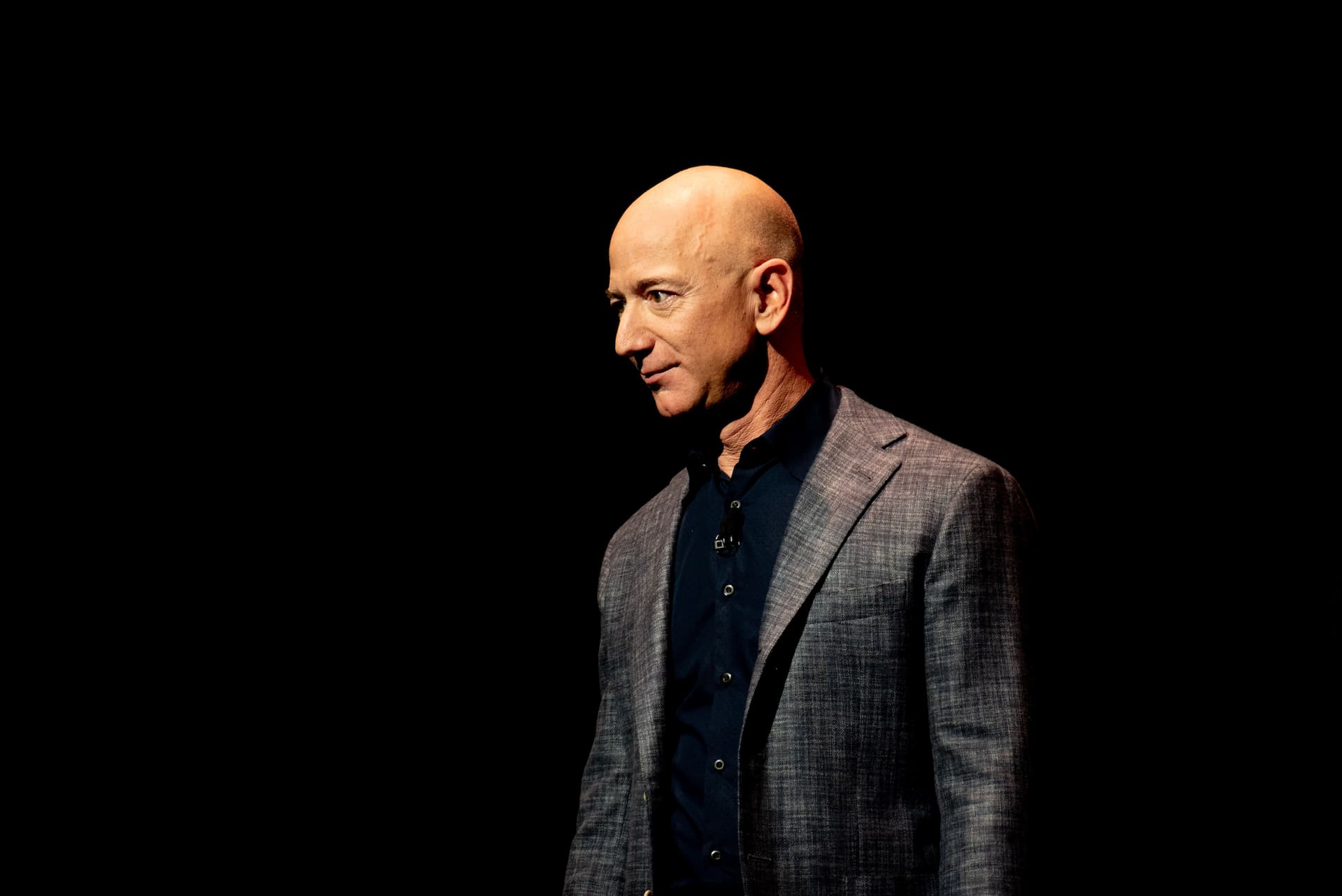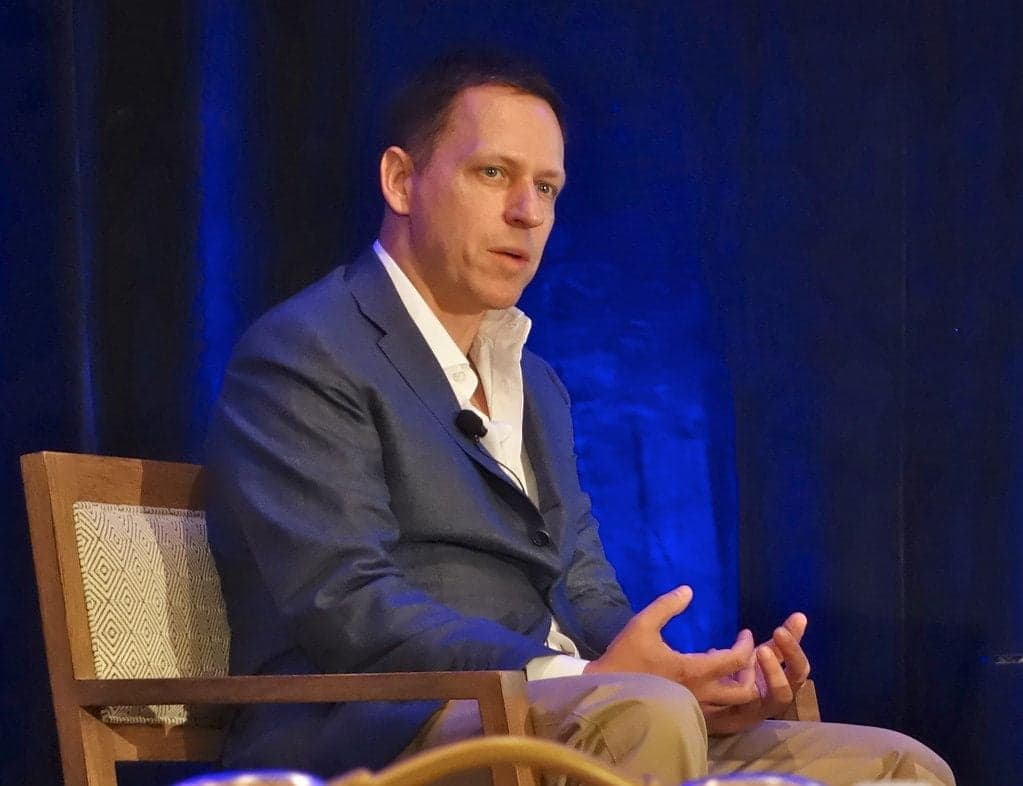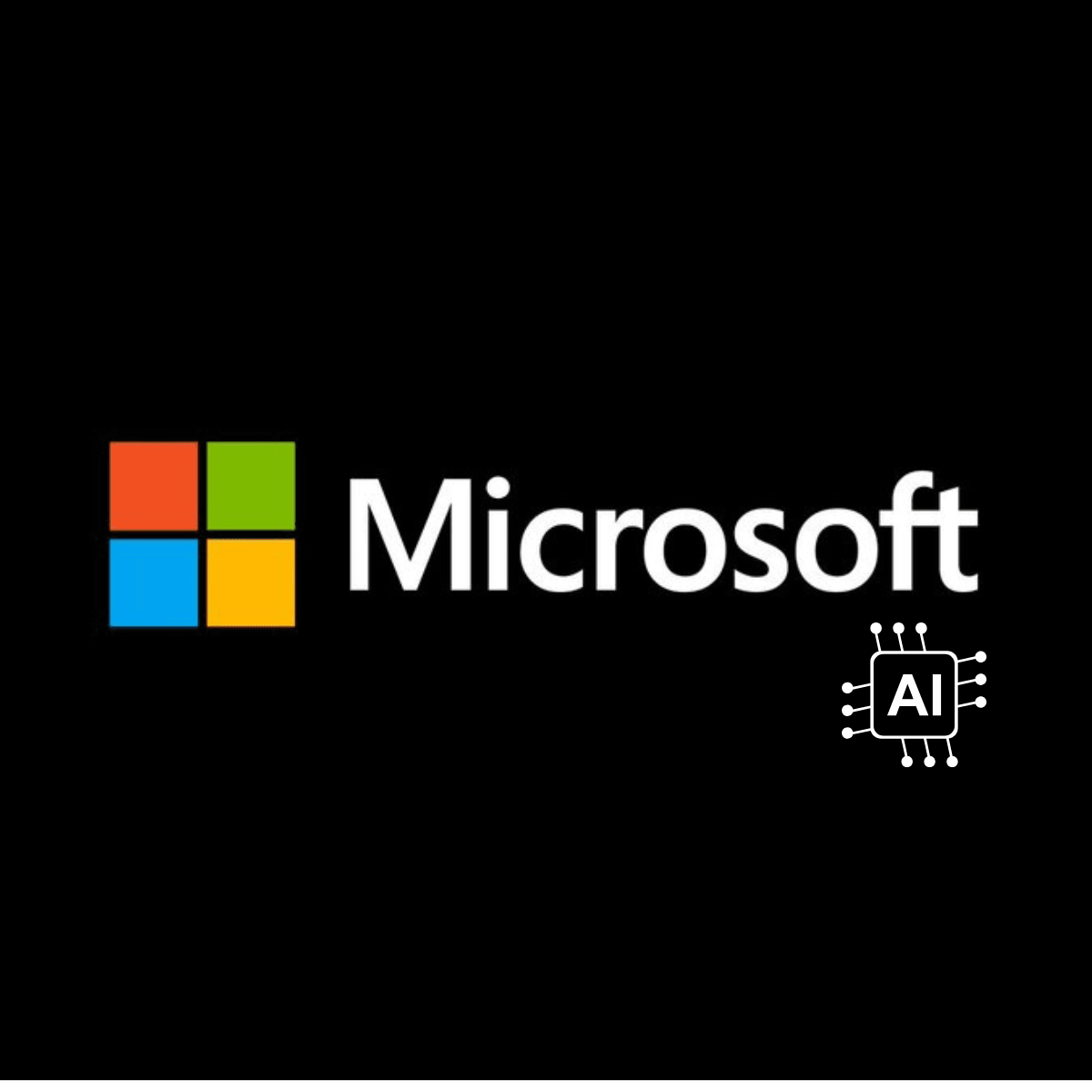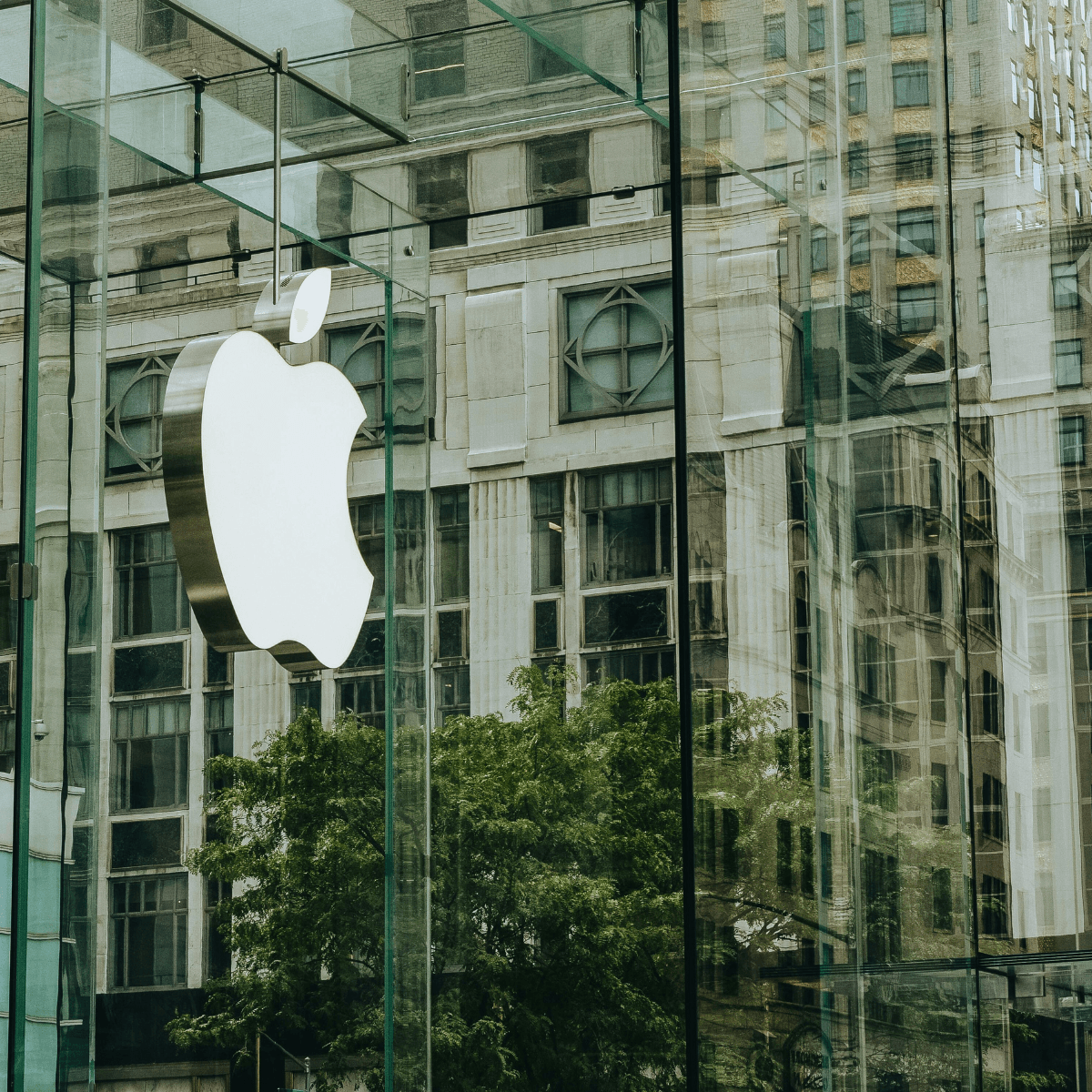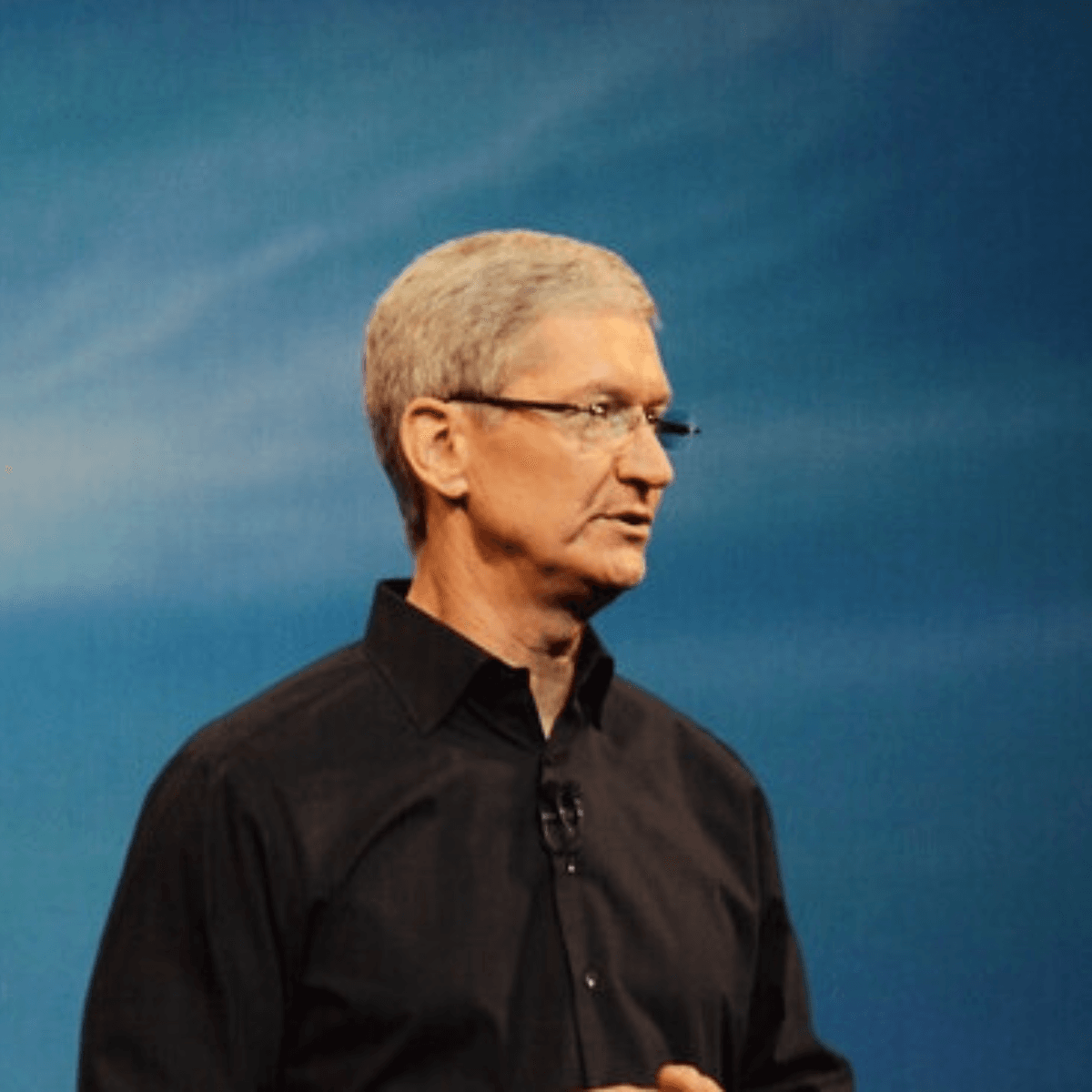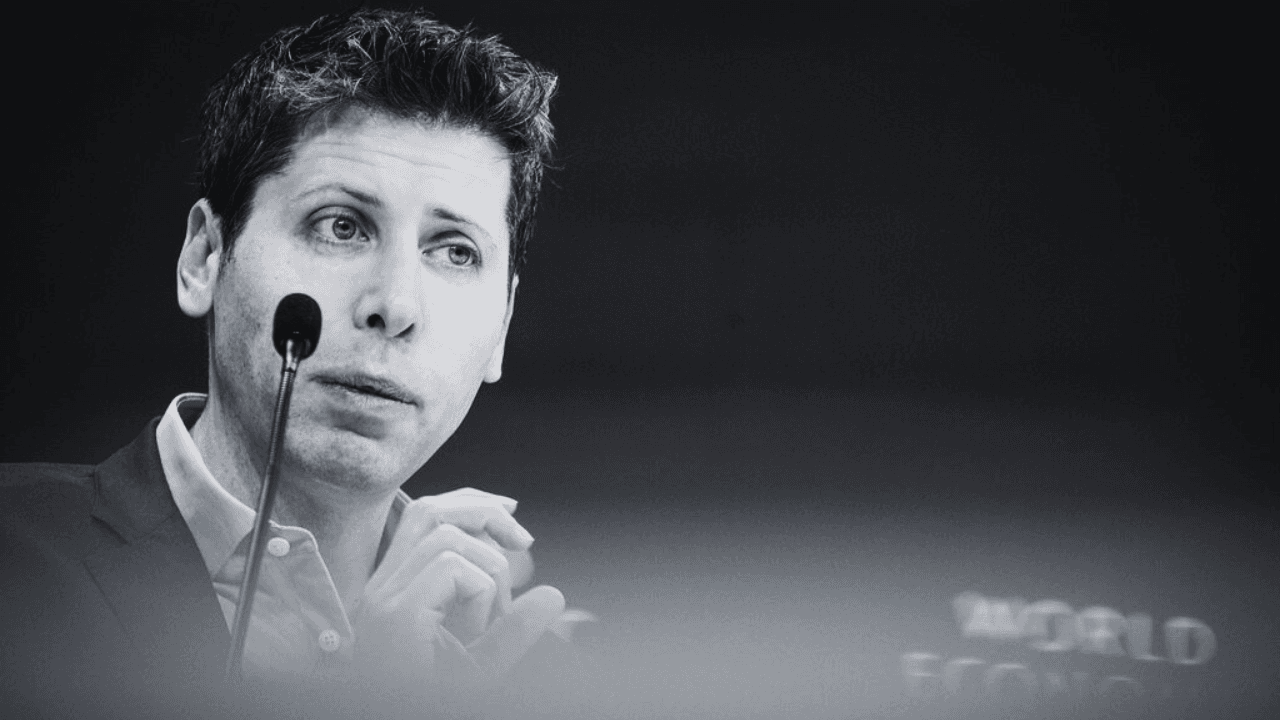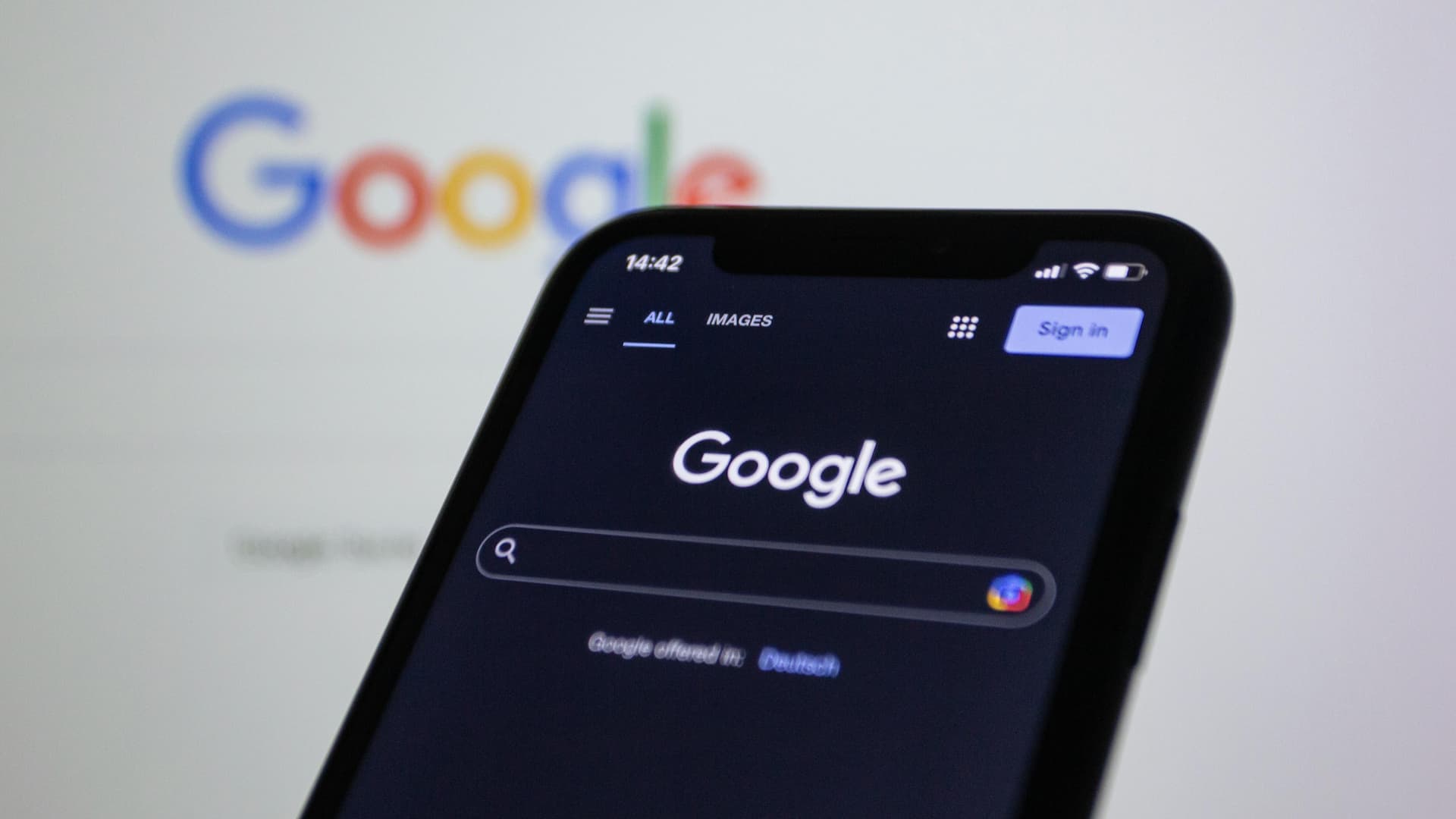For nearly three years, headlines have screamed about AI stealing jobs, but a new study from Yale University's Budget Lab suggests the reality is far less dramatic. Despite widespread anxiety about artificial intelligence displacing workers, researchers found no measurable impact on employment since ChatGPT's debut 33 months ago.
You can also set us as a preferred source in Google Search/News by clicking the button.
See also - Why AI Safety Officials Keep Quitting Their Jobs
Economists with Yale's non-partisan policy research group analyzed how US employment has changed since November 2022, when OpenAI's groundbreaking chatbot first went public. Their conclusion?
"Overall, our metrics indicate that the broader labor market has not experienced a discernible disruption since ChatGPT's release 33 months ago, undercutting fears that AI automation is currently eroding the demand for cognitive labor across the economy," the researchers wrote.
This finding might surprise anyone who's been following the tech industry's layoff announcements or listening to AI company executives warn about job displacement. But the Yale team says their results aren't actually that shocking when you look at historical patterns.
Historical Context: Technology Takes Time
Remember when computers were going to revolutionize offices overnight? It didn't happen that way. "Computers didn't become commonplace in offices until nearly a decade after their release to the public, and it took even longer for them to transform office workflows," the Yale study notes. The internet followed a similar trajectory - gradual adoption rather than immediate disruption.
Researchers compared the current AI era to previous technological shifts, including the computer revolution starting in 1984 and internet adoption beginning in 1996. The pace of labor market change following ChatGPT's launch appears consistent with these historical trends rather than representing some unprecedented acceleration.
"Even if new AI technologies will go on to impact the labor market as much, or more, dramatically, it is reasonable to expect that widespread effects will take longer than 33 months to materialize," the study concludes.
What the Data Actually Shows
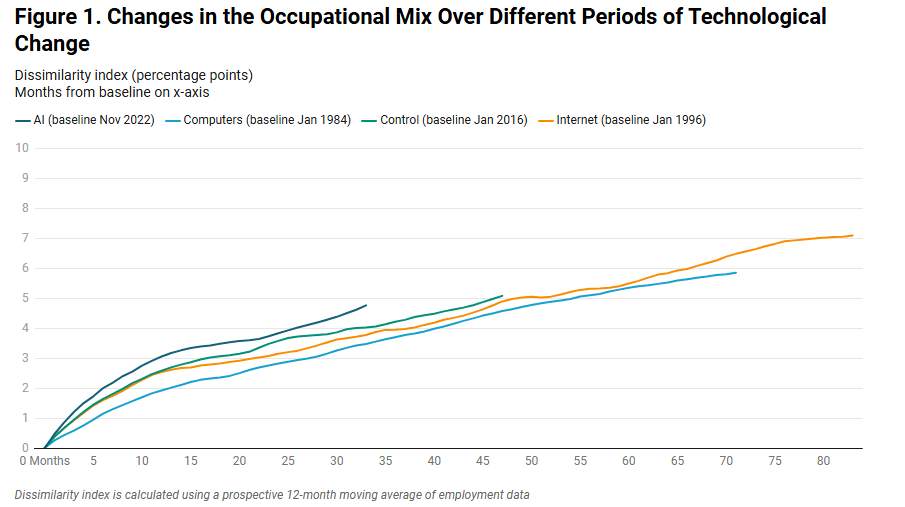
The Yale team examined multiple metrics to assess AI's impact. They looked at changes in the occupational mix - essentially, whether people are moving between different types of jobs at an accelerated rate. They found that while the job mix is changing slightly faster than in the past, this trend predates the widespread introduction of AI in the workforce.
When they analyzed industries most exposed to AI - information, financial activities, and professional services - they found larger shifts in job composition. But again, these changes started before ChatGPT's release and don't appear to have accelerated significantly since.
See also - If You Have Any of These 17 Jobs, You Might Not Have a Career in 5 Years
Perhaps most tellingly, the researchers examined data from both OpenAI and Anthropic about which occupations are most "exposed" to AI technology and which are actually using AI tools. The share of workers in high-exposure occupations has remained stable at around 18%, while middle and low-exposure groups have held steady at 46% and 29% respectively.
So what about all those tech company layoffs we've been hearing about? The Register's analysis suggests this might have more to do with corporate efficiency drives than AI displacement. Big Tech firms were "wildly over-hiring in anticipation of growth needs" for years, partly to "fill the bench" with trained talent and partly to deny that talent to competitors.
When reality set in and growth slowed, companies started cutting jobs in the name of efficiency. Elon Musk's dramatic workforce reductions at Twitter gave other tech executives permission to follow suit. But this appears to be more about correcting previous over-hiring than replacing humans with AI.
There is one area where researchers found some evidence of potential AI impact. Recent data shows a slight divergence between the job mix for recent college graduates and older graduates aged 25-34. This could indicate AI affecting employment for early career workers, though it could also simply reflect a slowing labor market hitting younger workers harder.
A recent Stanford Digital Economy Lab study claimed that recent college graduates in occupations most exposed to AI have seen a 13 percent relative decline in employment compared to occupations more insulated from AI. However, the Yale researchers caution that their own findings on this front should be interpreted carefully given small sample sizes.
The Data Problem
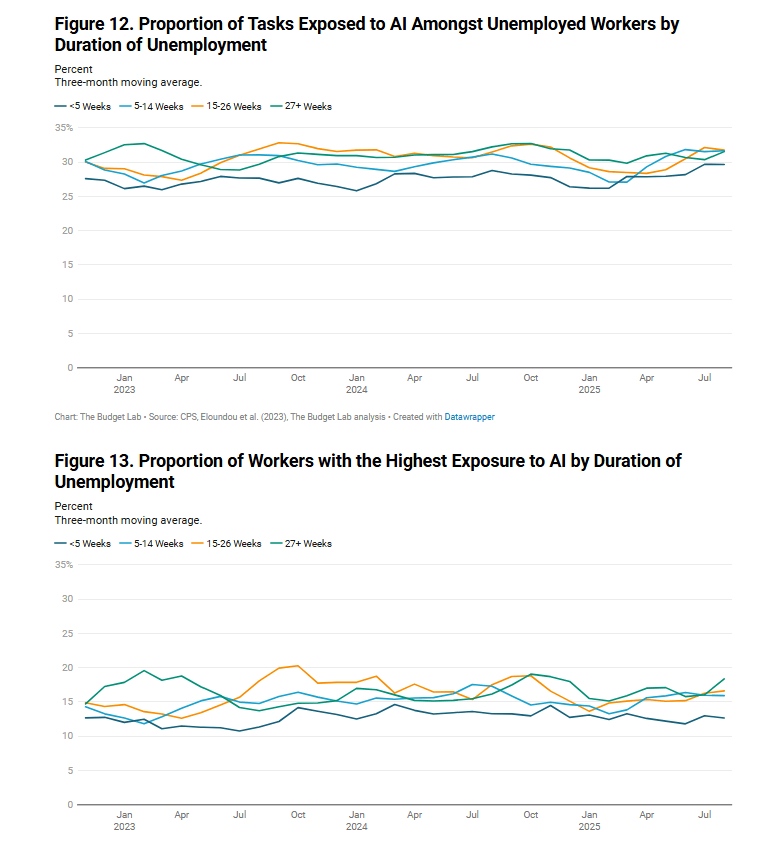
One of the biggest challenges in studying AI's labor market impact is the lack of comprehensive usage data. The Yale team used the best available proxies - OpenAI's "exposure" data (which measures theoretical impact) and Anthropic's usage data (which shows actual usage of their Claude chatbot).
But these have limitations. OpenAI's exposure data doesn't reflect actual workplace adoption, while Anthropic's usage data is heavily skewed toward coding and writing tasks, reflecting Claude's particular strengths rather than broader AI usage patterns.
"To accurately measure AI's impact on the labor force, the most important data needed is comprehensive usage data from all the leading AI companies at the individual and enterprise level, including APIs," the researchers argue.
The Yale findings align with several other recent studies. A 2023 United Nations International Labour Organization study concluded that generative AI would probably not replace most workers. Research on Danish workers published in April found generative AI had no material impact on wages or jobs. Another study published in February found "overall employment effects are modest, as reduced demand in exposed occupations is offset by productivity-driven increases in labor demand at AI-adopting firms."
Even Microsoft, which has been aggressively promoting AI, recently distanced itself from job elimination fears, noting that its own study "does not draw any conclusions about jobs being eliminated."
Looking Ahead
The Yale researchers plan to continue monitoring these trends monthly to assess how AI's job impacts might change. They emphasize that their current analysis isn't predictive of the future - it's simply a snapshot of where we are now.
"While anxiety over the effects of AI on today's labor market is widespread, our data suggests it remains largely speculative," the report concludes. "The picture of AI's impact on the labor market that emerges from our data is one that largely reflects stability, not major disruption at an economy-wide level."
For now at least, the AI jobs apocalypse appears to be more hype than reality. The real transformation, if it comes, will likely unfold over years or decades rather than months - giving workers, companies, and policymakers time to adapt.
If you enjoyed this guide, follow us for more.




